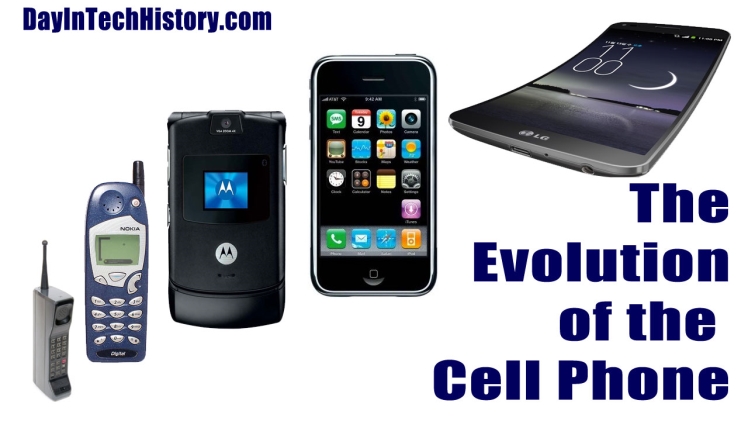Mobile phones, once synonymous with bulky bag phones and briefcase devices, have witnessed a transformative journey over the past few decades. This evolution, driven largely by the relentless pursuit of miniaturization, has made devices more portable and thereby intertwined with our daily lives. Charting this historical voyage not only showcases technological prowess but also highlights the changing dynamics of human communication.
Beginnings in the Era of Bag Phones and Car Phones
In the early days, cellular phones were cumbersome, often requiring a sizable carrying case or dedicated installation in vehicles. The Motorola DynaTAC, released in 1983, while groundbreaking, was commonly referred to as the “brick phone” due to its heft. It was conveniently marketed at a price point of almost $4.000 – the equivalent of over 12.000 USD in today’s world! Its release signaled the dawn of wireless communication, but the journey toward true portability was just beginning.
These phones relied on large lead-acid or nickel-cadmium batteries for power due to the energy demands of the era. The core technology was built around frequency modulation and required sizable antennas to maintain a connection, contributing to their bulky form factor. Their circuitry was rudimentary by today’s standards, emphasizing basic call functions without the sophisticated digital features prevalent in current mobile devices.
Chasing Compactness: The 90s and Early 2000s
The 90s saw an aggressive push towards reducing phone sizes. The iconic Motorola MicroTAC, introduced in 1989, was among the first to challenge the established dimensions. Its flip design not only enhanced portability but also protected the keypad and reduced unintentional dialing. Nokia, too, became a formidable player, releasing compact models like the Nokia 3210 which became ubiquitous and sold 160 million units worldwide. By the early 2000s, mobile phones had shrunk enough to fit comfortably in pockets, marking a significant milestone in the miniaturization journey.
The Smartphone Revolution and Portability
The release of the first iPhone in 2007 ushered in the smartphone era. These devices, while slightly larger than some of their early 2000s counterparts, leveraged miniaturization in components rather than just external dimensions. The integration of cameras, GPS, and other sensors, all while maintaining a slim profile, emphasized the strides made in compact technology. Devices became thinner, yet their capabilities expanded exponentially.
The Mobile Casino Wave in the Smartphone Era
As mobile phones evolved into versatile smartphones, they not only transformed communication but also revolutionized entertainment. Among the myriad applications that benefit from the miniaturization and portability of modern devices, the newest mobile casinos stand out distinctly. Just as bulky bag phones gave way to sleek smartphones, traditional brick-and-mortar casinos have seen a digital counterpart in mobile casinos.
These platforms harness the power of compact, high-performance components in smartphones to deliver immersive gambling experiences right at users’ fingertips. Whether it’s spinning a digital slot machine or challenging someone in poker, the fusion of casino culture and mobile technology epitomizes the convergence of entertainment and portability. Thus, in tracing the evolution of mobile phones, we also inadvertently chart the rise of on-the-go digital entertainment platforms like mobile casinos.
Miniaturization Beyond Just Size
While the focus often rests on the shrinking size of mobile devices, miniaturization has deeper implications. Battery technology, for instance, has evolved to support power-hungry devices without adding bulk. Similarly, chipsets have become more powerful and energy-efficient, further driving the smartphone’s capabilities in a compact form factor. This relentless pursuit of smaller components has enabled features like high-resolution cameras and robust gaming experiences on slender devices.
The Socio-cultural Impact of Portability
As phones transitioned from bags to pockets, their influence on society grew. The portability, facilitated by miniaturization, has made mobile devices indispensable. They’re no longer just tools for communication but extensions of personal identity, playing pivotal roles in entertainment, work, and social interaction.
Conclusion
The historical evolution of mobile phones from bag phones to modern smartphones underscores humanity’s drive for innovation. Miniaturization, while a technical endeavor, has reshaped our societal fabric, turning communication tools into integral parts of our lives. As we stand at the precipice of new technological frontiers, it’s essential to acknowledge and appreciate the transformative journey of the humble mobile phone.

